Anyone thinking of upgrading to a 600-cc-plus motorcycle must ride the Kawasaki Ninja 500 at least once.
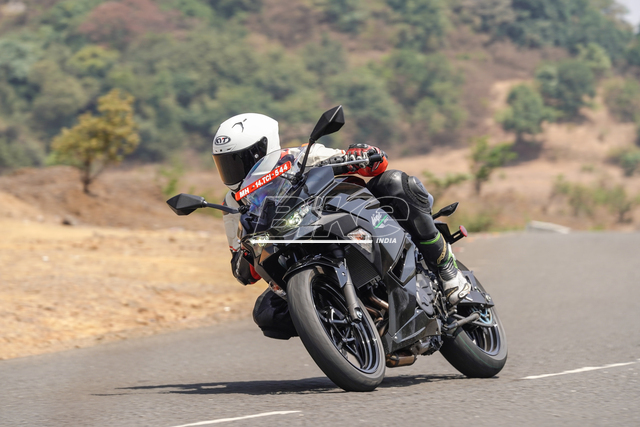
Story: Joshua Varghese
Photography: Sanjay Raikar
The Kawasaki Ninja 400 was on the top of my list while planning to buy a motorcycle a few years ago. That is how good it was in the sub-500-cc segment. Now its replacement has arrived and it is expected to be even better. Naturally, it was time we found out what the Ninja 500 offered. Here are our observations after spending some time astride the motorcycle.
Personally, I prefer the design of its predecessors. They looked like birds of prey; fast and menacing. This one looks fast, too, but in a robotic, clinical sort of way, not entirely natural. A weird thing to say about a man-made machine, I know, but some may concur with me on that one. The lighting is LED all around and, despite what the pictures may indicate, this is not a large motorcycle. The flared headlight cowls and wider fairing do make it look like a big bike but those elements taper towards the tail quickly, forming a compact shape. Word of advice: opt for the green paint. Black significantly plays down the motorcycle’s lines and curves.
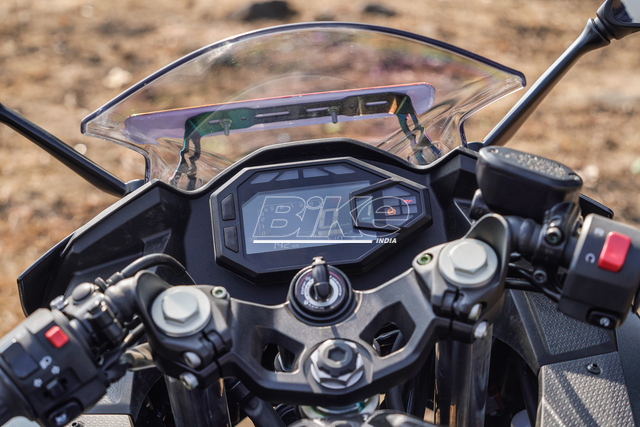
One of the things I appreciate most about small Ninjas is their simplicity and this one is no exception. It is a machine that places itself entirely in the rider’s hands. An LCD unit provides the usual information while also featuring Bluetooth compatibility.
Similar clarity in purpose is evident in the seating position. It is clear that it was developed to be a sporty motorcycle that can be used every day. The foot-peg placement is neutral and the clip-on handlebars are more sport-touring than sport but the seat itself could have been better. While it gets away with short rides, on long ones, the narrow contour of the rider’s seat and its not-so-soft padding can get bothersome. However, the shape of the seat and the fact that it is only 785 millimetres off the ground should make it more accessible to a large spectrum of riders.
Like all the small Ninjas we have seen so far in India, the 500 also gets a parallel-twin engine but “500” is a bit of a stretch. The eight-valve, DOHC, liquid-cooled mill displaces 451 cc which is achieved by using the same bore as that of the 400 and increasing the stroke. Compression ratio is slightly lower too. On paper, this motorcycle is capable of 45 hp at 9,000 rpm and a peak torque of 42.6 Nm at 6,000 rpm and it employs a six-speed transmission.
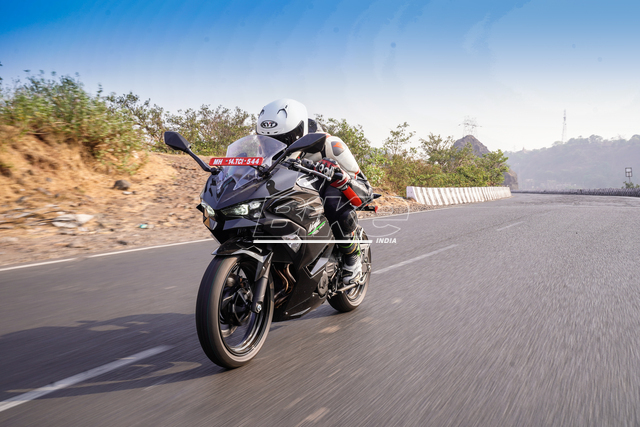
On the road, it becomes the best Ninja yet below 500 cc. The new engine has a strong low end, a stronger mid-range, and a power-band that is usable all the way to the red-line. If riding on one wheel is your thing, then this is the easiest Ninja to pull wheelies on. At 171 kilograms, it does not weigh too much and the power-to-weight ratio is good enough to get the front wheel in the air without calling on the clutch for help. Plus, this engine is versatile enough to sing through each gear, cruise comfortably on the highway or even chug about town from speeds lower than 40 km/h in sixth gear. A light-action clutch makes it easy to live with in heavy traffic too.

Not a lot of thought is required to ride this Ninja in town. Its handling is neutral and it is happy to deliver exactly what you expect from it. Of course, being compact only adds to its manoeuvrability. It encourages the rider to find their limit and, most importantly, at their pace. Gentle inputs are all one needs to get the motorcycle turned in and from there a smooth throttle input will see you all the way to the exit with no fuss at all. Although strong, the power delivery is linear and easy to take advantage of. I believe someone who can go fast without a lot of work is more likely to enjoy the process; an effortlessly enjoyable motorcycle wins hands down, any day. Braking is also similarly fuss-free. It is sharp, direct, and easy to understand, which is extremely important when braking into a turn. Like Jeeves, the ABS hovers invisibly in the background to make a timely entry just when it is needed. As for the Dunlop tyres, “adequate” should cover it well enough.
As an owner of the Ninja 500, there is not much you will regret if you keep to yourself. In the market, this charming motorcycle finds itself in the same segment as the Aprilia RS 457 and facts must be faced. On paper, the Aprilia is larger, more powerful, and has an upside-down (USD) fork. All of which can be overlooked because the Ninja is that rewarding to ride but I doubt many will feel the same way about its price. The Kawasaki Ninja 500 is priced at Rs 5.24 lakh (ex-showroom)—a full lakh of rupees over its main rival—hardly surprising considering it is a completely built-up unit (CBU) while the Aprilia is built in India, but what surprises me is that the Ninja 400 also costs the same. That means at least one of the two Ninjas is/was overpriced.
It is going to be a case of brain versus the heart because the Aprilia is no slouch itself. My sympathies rest with the rider in this position because difficult as it is to choose between these two, suddenly, the latest (but smaller) Yamaha YZF-R3 (also a CBU) looks tempting. Tough indeed.
Also Read: Yamaha YZF-R3 First Ride in Thailand



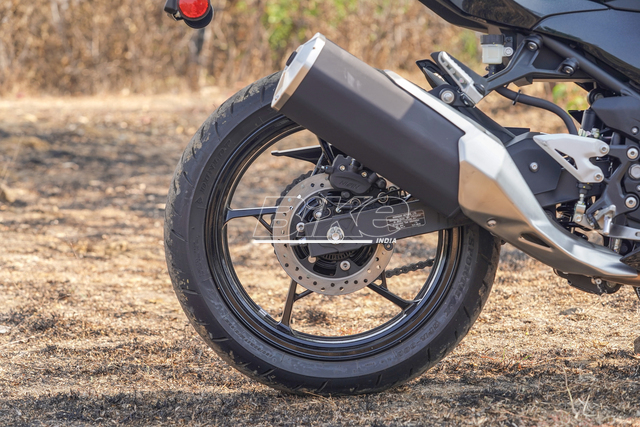
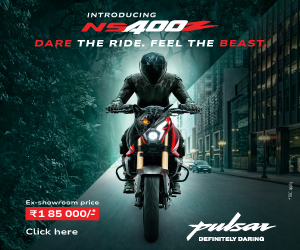
Leave a Reply